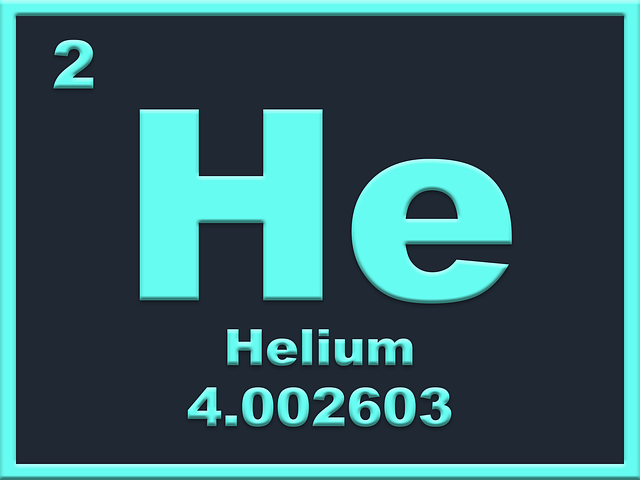Here are some of the Uses and Application of Helium:
Helium balloons may be the first example that comes to your mind. It is lighter than air so it is used in balloons.
It is used in gas chromatography.
Liquid Helium is used in cooling certain metals to an extremely low temperature for superconductivity. Superconducting magnets are used in MRI (Magnetic resonance imaging) which is using Helium (as Cryogenic).
It is in leakage detection and in welding.
It is used in Helium-Neon Laser. (It is replaced by low-cost semiconductor diode laser)
A mixture of Helium and xenon can be used in thermo acoustic refrigeration.
Why does helium change your voice?
Sound moves faster in Helium than air. It is nearly three times that of in the air. When a person inhales Helium it displaces most of the air from the vocal tract (larynx commonly called voice box). The natural resonance frequency (fundamental frequency) is proportional to the speed of sound in the gas. The Helium increases the resonance frequency of the vocal tract which increases the frequency of sound waves produced by the vibration of the vocal folds. The higher frequency amplification causes a change in tone quality or timbre causing a reedy sound. This effect can be reversed by inhaling dense air like Xenon or sulfur hexafluoride.





